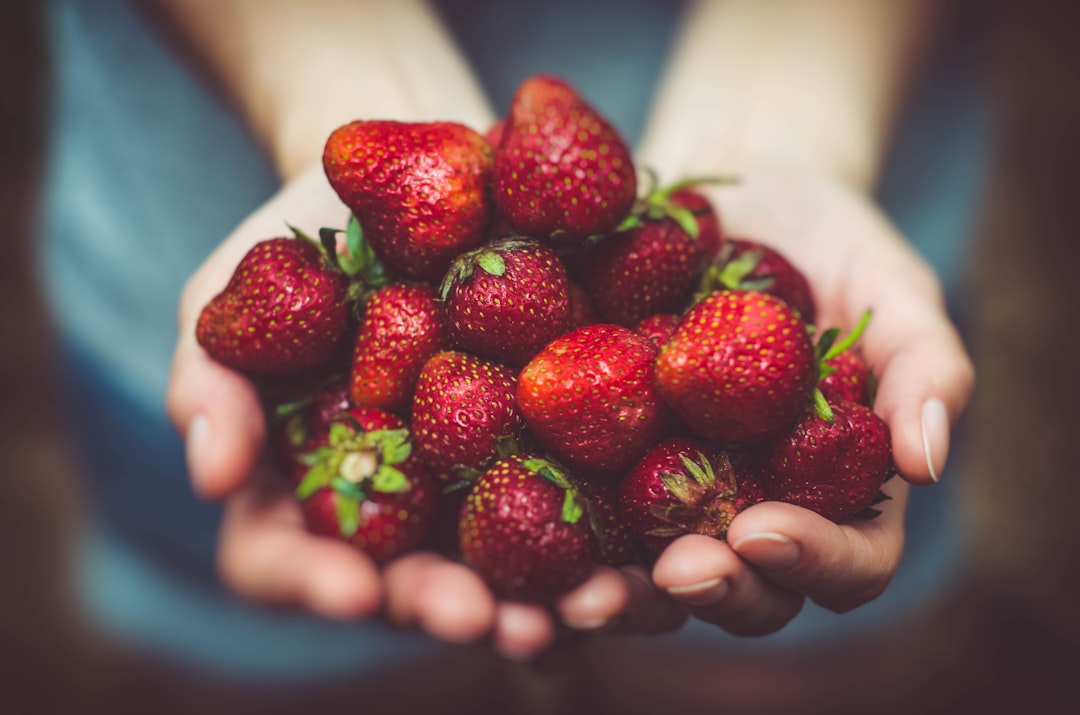Color psychology plays a significant role in design, influencing how we perceive and react to the world around us. From calming blues to vibrant reds, the colors used in design can evoke a wide range of emotions and associations. Understanding the power of color psychology can help designers create more impactful and effective designs that resonate with their audience.
One of the key aspects of color psychology is its ability to evoke emotions and create connections. Different colors can evoke different emotions and associations in people, creating a unique experience for each individual. For example, warm colors such as reds, oranges and yellows are often associated with energy, passion, and excitement, while cool colors such as blues, greens and purples are linked to calmness, relaxation, and serenity. By carefully selecting and combining colors in design, designers can create a specific mood or evoke a desired emotional response from their audience.
The use of color psychology in design can also help to create a sense of harmony and balance in a space. By using a color scheme that is aesthetically pleasing and cohesive, designers can create a sense of unity and cohesion in their designs. This can help to create a more inviting and visually appealing space, enhancing the overall experience for the user.
In addition to evoking emotions and creating a sense of harmony, color psychology can also be used to convey specific messages or associations in design. For example, certain colors are often associated with specific ideas or concepts. For example, green is often associated with nature and growth, while pink is often associated with femininity and sweetness. By using these associations in design, designers can communicate specific messages or evoke specific associations in their audience.
One of the key aspects of color psychology in design is its ability to enhance the overall beauty of a space. By carefully selecting and combining colors in design, designers can create visually stunning and aesthetically pleasing spaces that captivate and engage their audience. Whether it’s through bold and vibrant colors or subtle and muted tones, the use of color in design can enhance the beauty of a space and create a memorable experience for the user.
In conclusion, the power of color psychology in design cannot be underestimated. By understanding the impact of color on emotions, associations, and aesthetics, designers can create more impactful and effective designs that resonate with their audience. Whether it’s through evoking emotions, creating harmony, conveying messages, or enhancing beauty, color psychology plays a crucial role in creating engaging and memorable designs that leave a lasting impression on the viewer.
